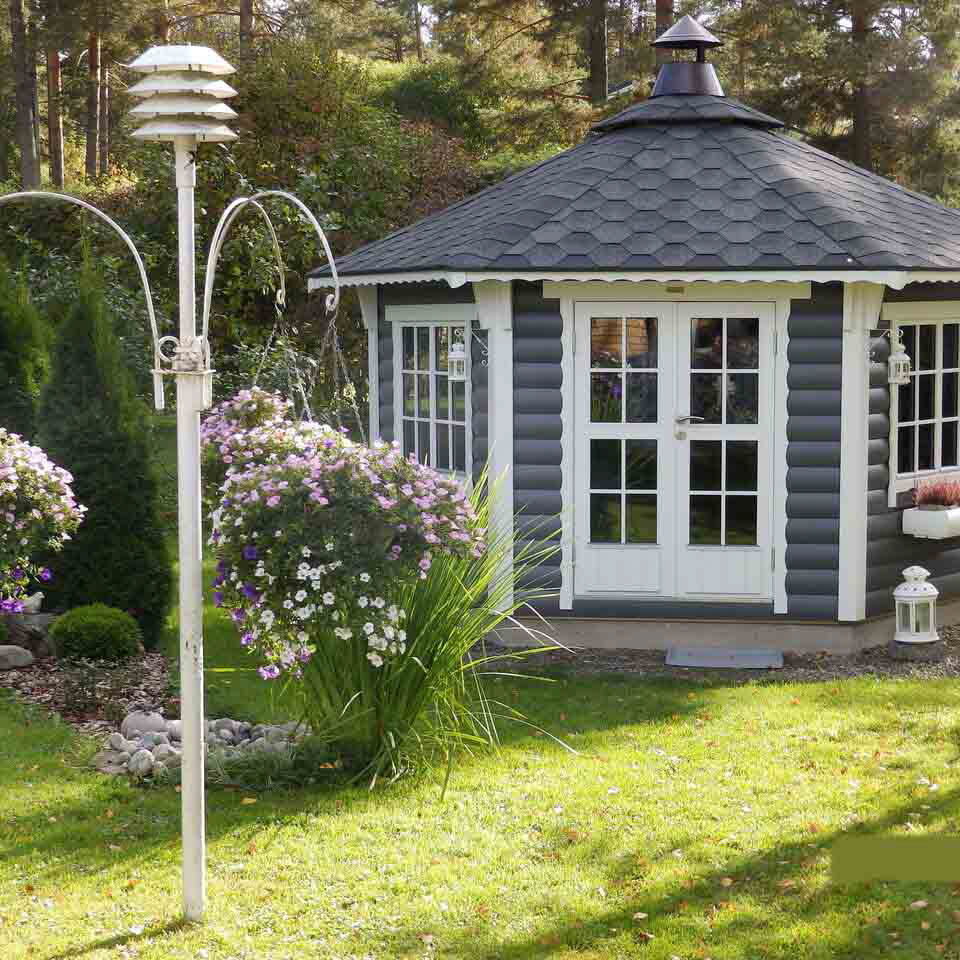When you’re choosing light bulbs, you’ll often come across two different types of white light: warm white and cool white. But what exactly is the difference between these two? In this article, we’ll explore the characteristics and benefits of warm white light and cool white light, and how to determine which one is right for your needs.
Understanding the Color Temperature Scale
The color temperature of light is measured on a Kelvin scale, which ranges from warm yellow light on the lower end to cool blue light on the higher end. Warm white light typically falls between 2700-3000K, while cool white light falls between 4000-5000K.
Characteristics of Warm White Light
Warm white light is often described as having a softer, cozier feel to it. It’s reminiscent of the warm glow of a fire or candlelight, and can create a relaxing and inviting atmosphere. This type of light is often used in living spaces such as bedrooms, living rooms, and dining rooms, as well as in outdoor areas like patios and decks.
Characteristics of Cool White Light
Cool white light, on the other hand, is brighter and crisper. It’s often described as similar to daylight, and can help improve focus and productivity. This type of light is commonly used in workspaces such as offices and kitchens, as well as in task lighting such as reading lamps and under-cabinet lighting.
Benefits of Warm White Light
One of the main benefits of warm white light is its ability to create a relaxing and comfortable atmosphere. This type of light can help reduce stress and promote relaxation, making it ideal for use in areas where you want to unwind, such as bedrooms or living rooms. Warm white light can also help create a more welcoming and inviting feel to a space, making it a great choice for entertaining guests or hosting events.
Benefits of Cool White Light
Cool white light has several benefits, primarily in areas where productivity and focus are essential. This type of light can help improve alertness, keep you energized, and increase your overall mood. For this reason, cool white light is commonly used in workspaces such as offices, laboratories, and schools. Additionally, cool white light is great for task lighting as it can provide clarity and visibility for activities such as reading, cooking, and applying makeup.
Choosing the Right Light for Your Needs
When deciding between warm white and cool white light, there are a few factors to consider. Think about the primary function of the space you are lighting: if you’re looking to create a cozy and relaxing atmosphere, warm white light may be the best choice. If you’re trying to boost productivity or increase focus, cool white light may be a better fit. Additionally, consider the



